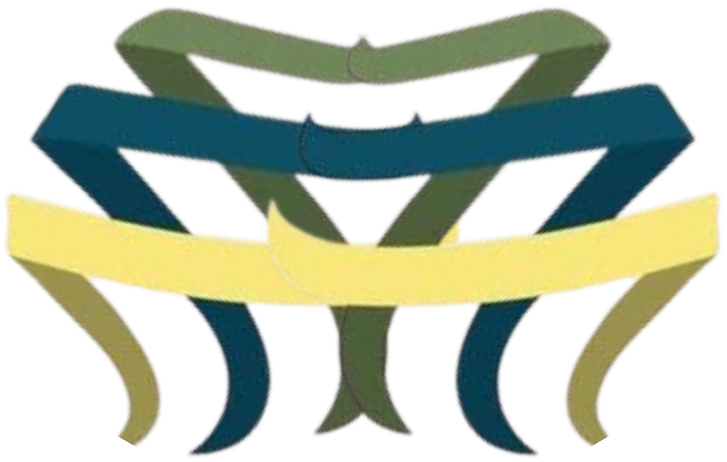Volume no :
|Issue no :
Article Type :
Author :
Mr.Sidharth SharmaPublished Date :
Publisher :
Page No: 1 - 5
Abstract : The rapid advancement of quantum computing poses a significant threat to classical cryptographic systems, particularly those based on RSA, ECC, and other public-key algorithms. With Shor’s algorithm capable of efficiently factoring large numbers and breaking current encryption standards, the transition to post-quantum cryptography (PQC) has become a global priority. This paper explores the impact of quantum computing on cryptographic security, the need for quantum-resistant cryptographic algorithms, and ongoing standardization efforts led by organizations such as NIST. We analyze various post-quantum cryptographic techniques, including lattice-based, hash-based, multivariate, and code-based cryptography, assessing their feasibility for real-world implementation. Additionally, we discuss the challenges associated with transitioning to PQC, including computational overhead, interoperability, and regulatory compliance. As the quantum era approaches, organizations must proactively adopt post-quantum cryptographic solutions to safeguard sensitive data and ensure long-term security in a quantum-capable world.
Keyword Post-quantum cryptography, quantum computing, cryptographic security, Shor’s algorithm, quantum-resistant algorithms, lattice-based cryptography, hash-based cryptography, multivariate cryptography, code-based cryptography, NIST standardization, cybersecurity, encryption, digital signatures.
Reference:
- O’Kane, P., Sezer, S., & Carlin, D. (2018). Evolution of ransomware. Iet Networks, 7(5), 321-327.
- Gazet, A. (2010). Comparative analysis of various ransomware virii. Journal in computer virology, 6, 77-90.
- O’Gorman, G., & McDonald, G. (2012). Ransomware: A growing menace. Arizona, AZ, USA: Symantec Corporation.
- O’Gorman, G., & McDonald, G. (2012). Ransomware: A growing menace. Arizona, AZ, USA: Symantec Corporation.
- Richardson, R., & North, M. M. (2017). Ransomware: Evolution, mitigation and prevention. International Management Review, 13(1), 10.
- Aurangzeb, S., Aleem, M., Iqbal, M. A., & Islam, M. A. (2017). Ransomware: a survey and trends. J. Inf. Assur. Secur, 6(2), 48-58.
Mohurle, S., & Patil, M. (2017). A brief study of wannacry threat: Ransomware attack 2017. International journal of advanced research in computer science, 8(5), 1938-1940.
